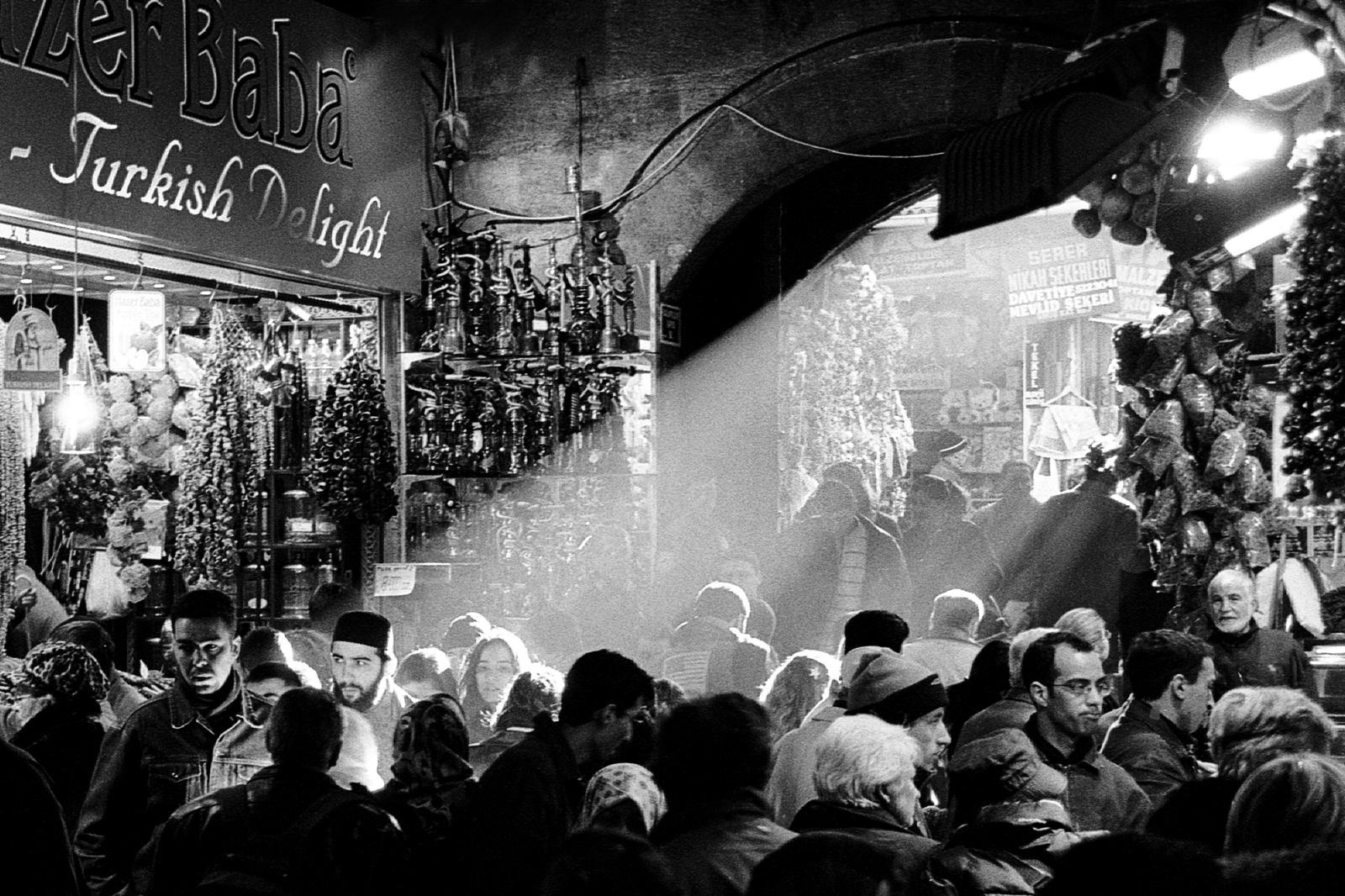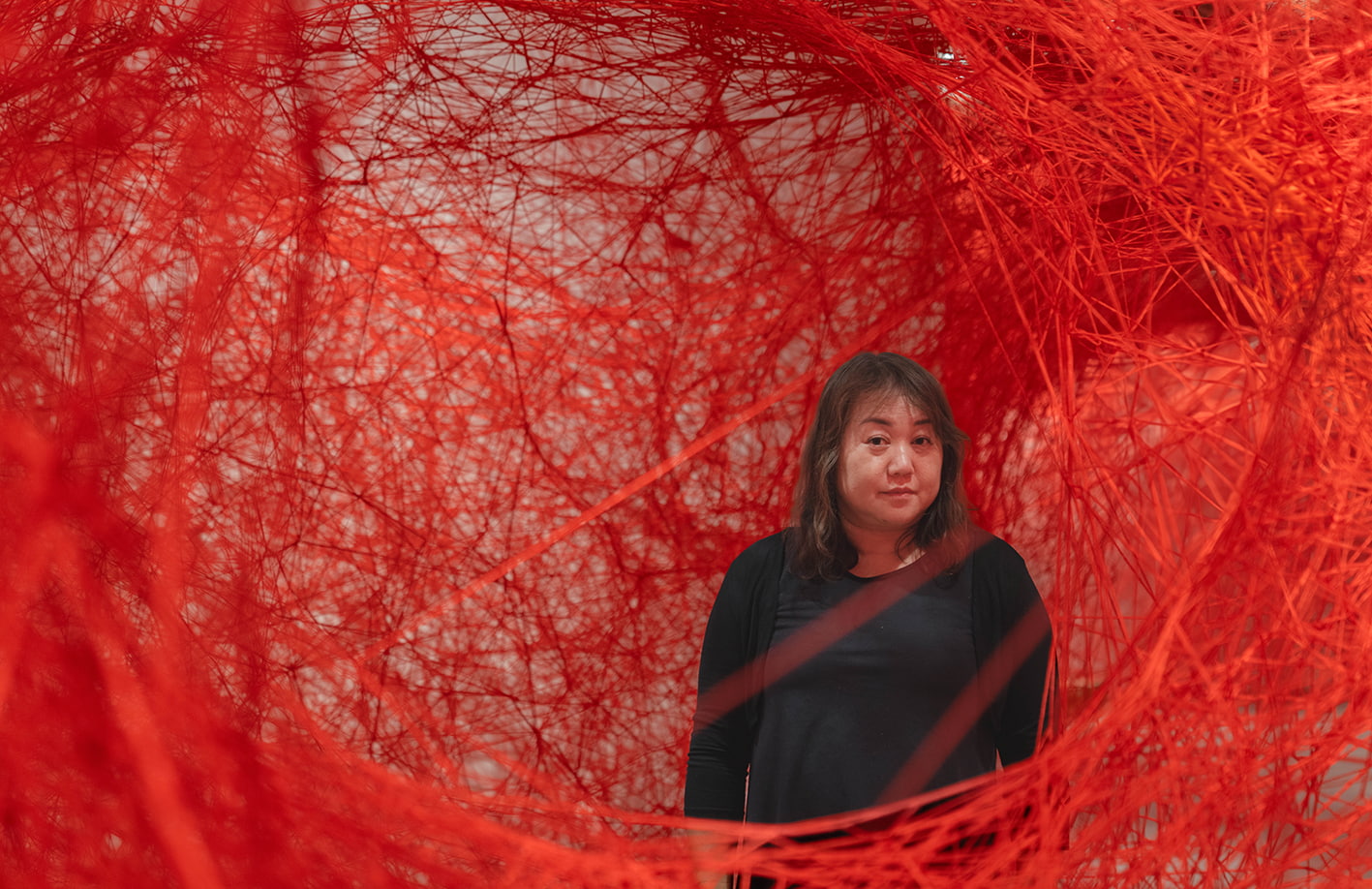World-renowned photographer Pari Dukovic discusses the art of exploration, the power of imagery, the pressure of working with A-list celebrities, and how he stays authentic and creative.
Your work often blends vibrant color, movement, and texture. How do you capture a scene or subject to create such dynamic images?
In my work as a photographer, I strive to capture the world through a lens that celebrates the interplay of vibrant color, dynamic movement, and rich texture.
Each image is an exploration—a dialogue between the viewer and the essence of life itself. I believe that photography is not just a means of documentation; it is an art form that invites us to experience the world in new and invigorating ways.
Vibrant color is at the heart of my artistic vision. I am captivated by the emotions that hues evoke and the stories they tell. Whether it’s the vibrant lights of a cityscape, the saturated color of a Balenciaga piece, or the crisp blue color of someone’s eyes, I seek to immerse the viewer in a palette that resonates with vitality and energy. My intention is to create images that not only catch the eye but also stir the soul, prompting a deeper connection to the world around us.

Movement, to me, is also a vital component of storytelling. I am fascinated by the fleeting moments that reveal the rhythm of life— a slice of a moment in the streets of Istanbul, a New York City ballet dancer in free movement wearing Gareth Pugh, or the effortlessness of a gesture in a portrait. In some cases, through techniques such as long exposure and panning, I aim to encapsulate this movement, crafting images that pulse with life and invite the viewer to feel the energy of the moment captured in time.
Texture plays a crucial role in my work, adding depth and dimension to each photograph. By focusing on textures, I create a tactile quality that draws the viewer in, allowing them to almost feel the subject through the image.
Ultimately, my photography is an invitation to experience the world with renewed wonder. By blending vibrant color, movement, and texture, I aim to create dynamic images that resonate emotionally. I hope to inspire others to see beyond the surface, to appreciate the beauty in movement, and to embrace the vibrant tapestry of life that surrounds us. Each photograph is a celebration of my journey.
You’ve photographed various subjects, from celebrities to everyday people. How do you adapt your approach depending on who or what you photograph?
Connecting with my subject is part of my creative process. I have worked with a range of subjects on different types of creative projects. My experience spans from everyday people, models, sports stars to A list celebrities under high-pressure situations, but what is common to all of these shoots is creating a genuine and real connection with the subjects that builds trust and fosters a collaborative process.
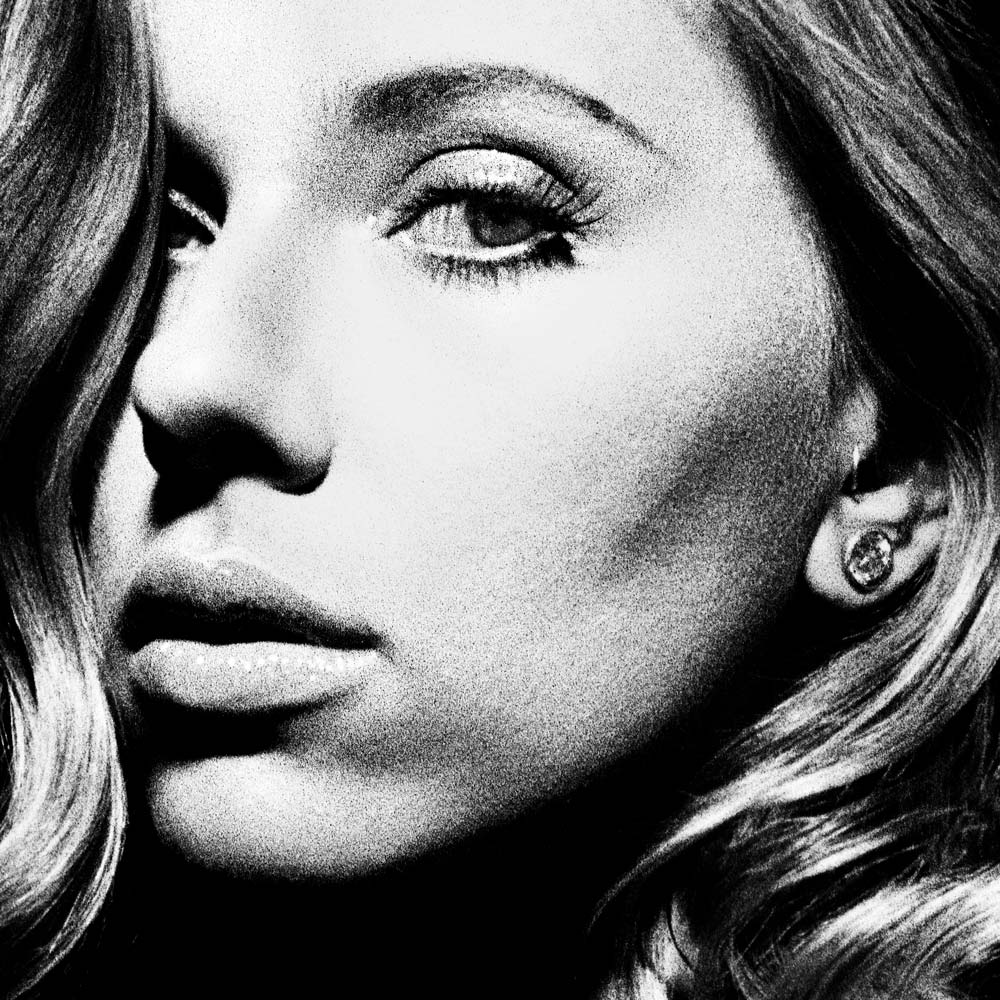
Many of your portraits have a distinct emotional depth. What techniques do you use to draw out emotion from your subjects?
As a portrait photographer, my mission is to create images that resonate with emotional depth and authenticity. I believe that a portrait is more than just a visual representation; it is a window into that moment, capturing the nuances of their personality, experiences, and emotions. Through my lens, I aim to tell stories that evoke connection, inviting viewers to engage with the humanity within each frame.
To achieve this, I employ a variety of techniques that allow me to capture the essence of my subjects. Understanding and connection are foundational to my process. I try to spend time getting to know each individual, engaging in meaningful conversations that reveal their passions and aspirations. This rapport not only fosters trust but also helps me to capture genuine expressions.
Lighting is another critical element in my work. I often use studio lighting to create a cinematic world that enhances the emotions in the portrait. I can highlight the contours of the face, evoke mood, and create a sense of warmth or drama that complements the subject.
Composition plays a significant role in conveying emotional depth. I often use framing techniques to draw attention to the subject. By carefully considering the background and surrounding elements, I create a context that enriches the narrative.

Your photography often has a cinematic quality. Are there particular filmmakers or visual artists who influence your work?
Wong Kar-Wai, David Lynch, Olafur Elliasson and Gerhard Richter are some artist that always inspired me as a photographer.
Growing up in Istanbul and living in New York must have shaped your artistic perspective. How do these two cultures influence your photography?
As a photographer surrounded by the vibrant contrasts of Istanbul and the dynamic pulse of New York City, my work became an exploration of culture and the dialogue of these two cities in terms of their energy. Growing up in Istanbul, a city where the ancient and modern coexist in a beautifully chaotic tapestry, I developed an early appreciation for the richness of human experience. The bustling bazaars, intricate architecture, and diverse communities of my hometown instilled in me a deep curiosity about the stories behind each face and every moment.
Moving to New York City was a transformative experience that expanded my artistic perspective. The city’s relentless energy and its melting pot of cultures offered a new lens through which to view the world. I was struck by how, despite the stark differences in environment, the fundamental human emotions—joy, sorrow, resilience—remain universal.
In my street photography work, I strive to create a dialogue between these two worlds. I often juxtapose the rich textures and vibrant colors reminiscent of Istanbul with the sleek lines and modernity of New York. You might say that my portraiture also speaks to the history of portrait paintings which I saw so much of in museums and shows when I was growing up in Istanbul and the color in my portraits speaks to the vibrant colors of NYC.
You’ve said in past interviews that you’re inspired by Greek mythology and history. How do these themes manifest in your contemporary work?
As a portrait photographer I am deeply influenced by the rich tapestry of Greek mythology, my work seeks to explore the timeless theme of human emotion.
Composition is another crucial element of my artistic process. I often draw inspiration from classical art and sculpture, seeking to create images that possess a sense of timelessness. By carefully considering the framing, posture, and expression of my subjects, I aim to create a photograph that has stopping power.
I also embrace a painterly aesthetic that harkens back to the rich hues and textures of ancient Greek art. With vibrant colors and contrasts, I create a sense of depth and emotion that draws the viewer into the world of the portrait.
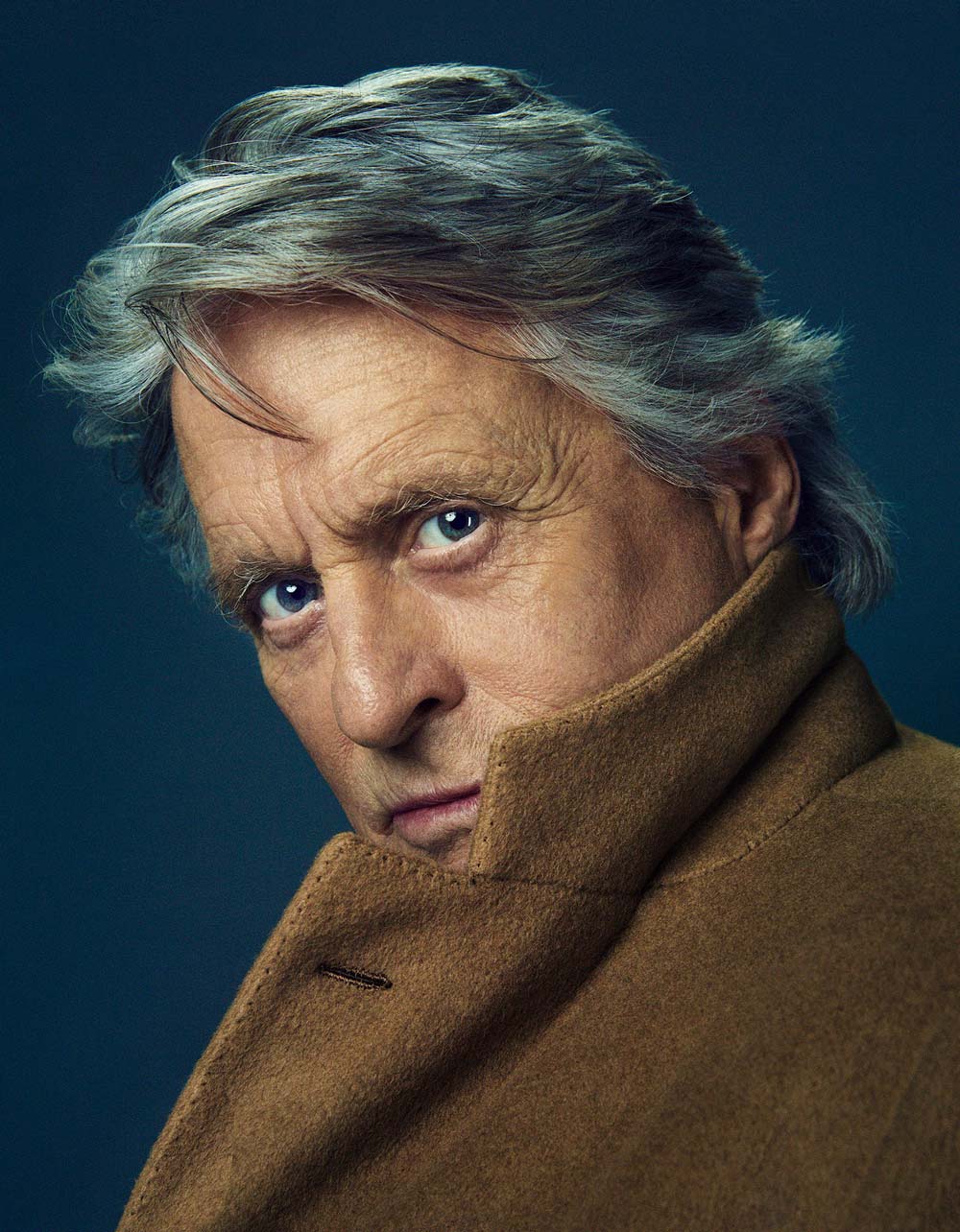
As a photographer who pushes boundaries, what has been the most challenging shoot or concept you’ve executed, and how did you overcome those challenges?
I recently worked on a photography book published by Rizzoli titled New York City Ballet Choreography & Couture. New York City Ballet, has been collaborating with prominent fashion designers since the first Fall Fashion Gala in 2012. A traditional that was started by Sarah Jessica Parker. The first year of this tradition NYCB worked with the legendary Valentino. The book brings a decade of artistic vision to life through remarkable photographs celebrating the creative relationships between the company’s choreographers and some of the most eminent names in fashion.
From Thom Browne’s distinctively tailored suits tweaked to accommodate the movement of dancers; Iris Van Herpen’s articulated reflective carapaces highlighting sinuous bodies, the lavishly ombréed and embellished splendor of Sarah Burton for Alexander McQueen; Marques’Almeida’s vibrantly modern color-blocked costumes, Rosie Assoulin’s graphic black and white tailleur that allow the dancers to look like animated line drawings, to the late Virgil Abloh’s rigorously ruched tulle—a completely modern use of a textile so closely tied to the history of dance costume—this dynamic volume highlights how high fashion design is adapted for dance to amplify movement and music.
I was invited to capture 10 years of the history of the fashion collaborations with 30 iconic fashion designers on 11 world famous ballet dancers. I shot this project in the middle of COVID. As you can image, this time frame introduced numerous challenges. One of them being the limited time that I had to bring 208 pages of photography to life. I ended up shooting the entire book in 6 days. A process that really tested my ability to maintain creative flow.
The way I approach these complex projects is by being extremely disciplined when it comes to planning. I thought of every single fashion piece that I was going to capture and studied what angle and silhouette would make the most graphic image or what type of movement will bring that dress to life.
I always have a starting point to my creative process which brings me a sense of calm and allows me to explore further.
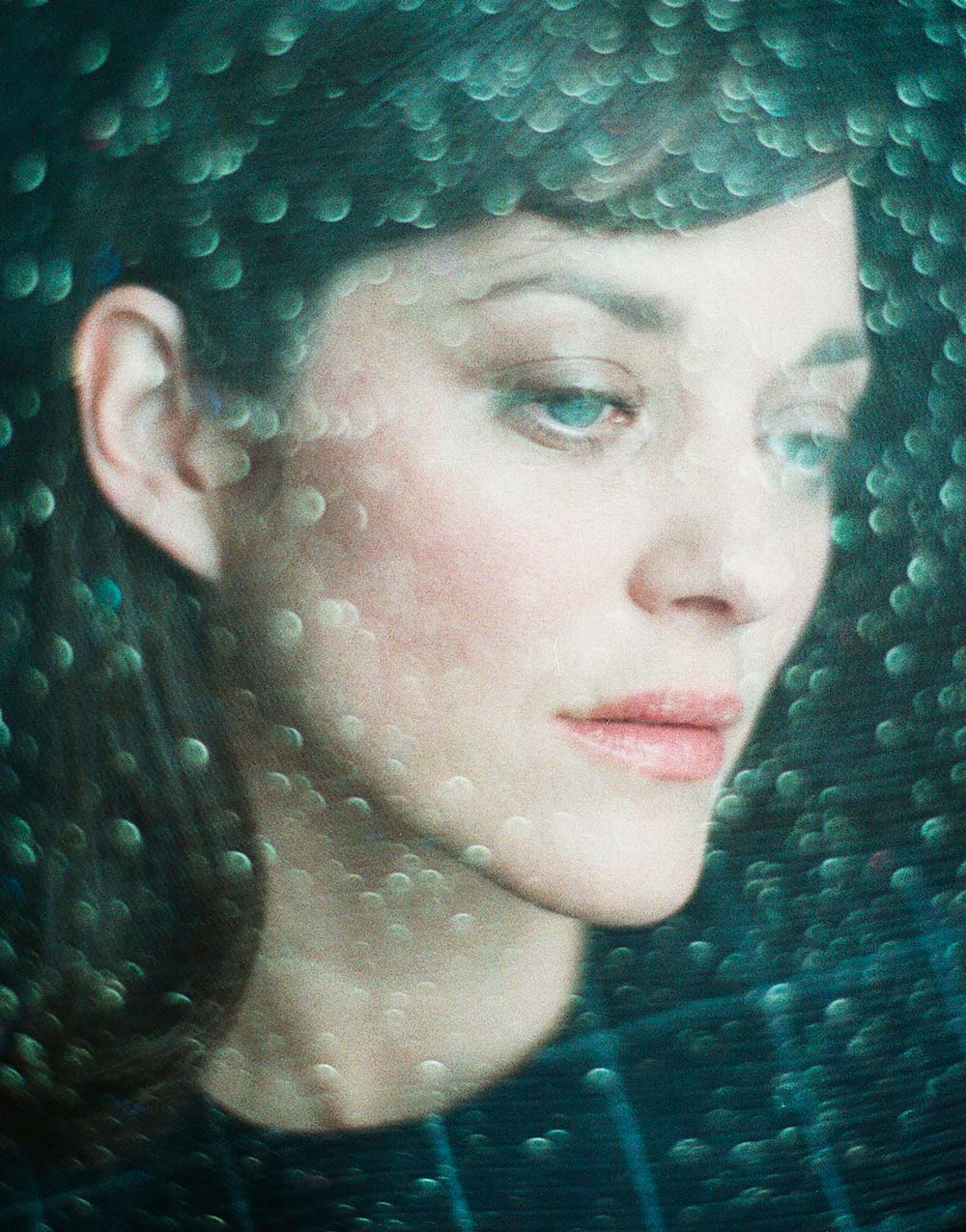
You’ve worked with major publications and brands globally. What was your breakthrough moment, and how did it shape your career trajectory?
My breakthrough moment was when I worked on 28 page fashion portfolio for New York Magazine. This was in 2012. I was asked to capture every single element of NY, Milan and Paris fashion week. I had never been to a fashion show in Paris before. I was of course mesmerized by every show because of the incredible sets, dazzling clothes and just the buzz that the people who attend create.
A fashion show is like being in a film – part of it is scripted and the reaction from the audience to the big reveal is completely unscripted.
I approached fashion shows as if I was capturing the streets of Istanbul or NY. I am always drawn to the heartbeat of a moment and fashion shows were like being on a street that happened to have magical set, beautiful clothes and a group of people who love fashion.
You’ve photographed many high-profile events and individuals. Is there one project or collaboration that stands out as particularly significant for you?
A portrait is like a reflection that captures the light/soul/energy of that person for me. Being able to vividly capture people’s eyes, reflect their emotions, happiness, and the excitement they feel through their smile always brings me great joy.
Photographing Stevie Wonder will always be up there as an unforgettable memory. I photographed him in 2016. It’s extremely rare that he does a portrait sitting.
Beyond being a musical artist, he has been a figure who has shaped the history of music and served as an inspiration to many of us.
As you know, he lost his sight as a newborn, and for such a portrait shoot, the only thing we shared while we were in the studio it was the energy between him and me, and how the energy of two people created a harmony and dialogue together.
This moment was very meaningful to me because my heart always captures energy by feeling a person’s essence. Stevie Wonder is just pure magic!
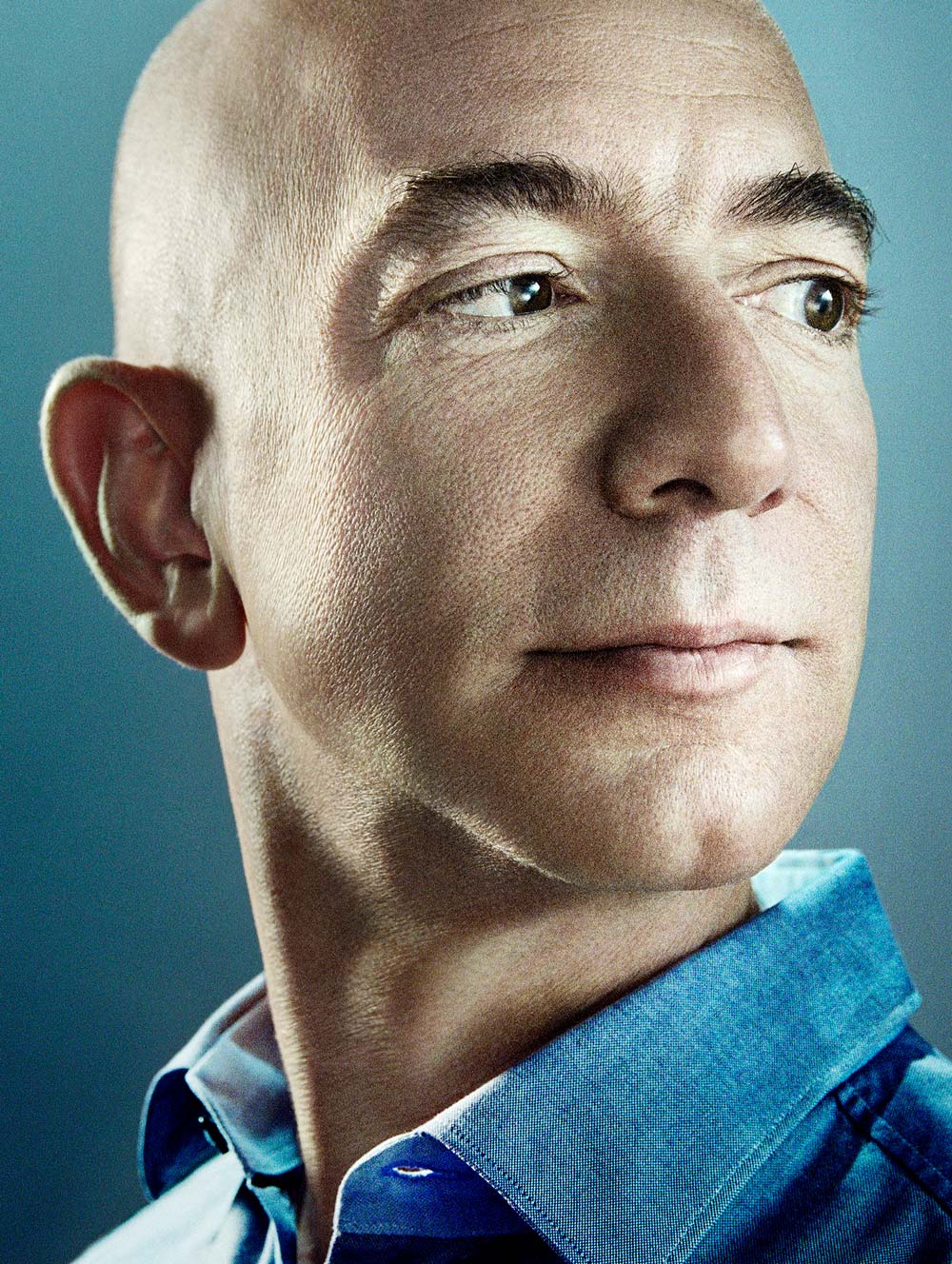
The photography industry has evolved rapidly with digital technology and social media. How have you adapted to these changes, and what are your thoughts on how the industry is evolving?
The photography industry has undergone a profound transformation in recent years, driven largely by advancements in digital technology and the pervasive influence of social media. As a photographer, adapting to this evolving landscape has been both a challenge and an opportunity for creative growth.
The most important thing to be able to stay focused as changes happen around you is to stay authentic in a saturated market and never forget every art form is form of expression and story telling. If you work speaks to a compelling story no technology or social media impacts the true power of a story.
The demand for visual content is higher than ever, especially with platforms like Instagram. How do you feel about the impact of social media on professional photography?
Navigating the impact of social media on professional photography in an age where the demand for visual content is higher than ever, particularly on platforms like Instagram could be challenging. However it is important to use social my as a tool that helps with increasing your reach as a photographer.
My approach involves a blend of creativity, community engagement, and strategic planning. By curating a strong online presence, maintaining a focus on quality, I strive to leverage social media as a powerful tool for showcasing my work and growing my photography base while staying true to my artistic vision.

What has been the biggest challenge you’ve faced in your career, and how did you overcome it?
As an established photographer, one of the biggest challenges I faced in my career was navigating the transition from analog photography to digital.
When digital cameras first emerged, I found myself at a crossroads. The industry was rapidly changing, and I felt a sense of pressure to find a way to adapt quickly to new technologies and techniques.
One of the things that had set my work apart was the fact that I was shooting film. My work had a very tactile quality to it. Shooting analog is a chemical process which means there are magical surprises and a whole different way of embracing the process while you are photographing. I didn’t switch to all digital until 2017.
Ultimately, embracing change and being open to evolving were key in overcoming this challenge. It taught me the importance of adaptability in an ever-evolving industry, and I now view challenges as opportunities for growth and innovation in my photography.
You’ve worked with diverse subjects, from athletes to actors. Are there any lessons or insights you’ve gained from photographing such different personalities?
The one element that ties most of my portrait work that I shoot for magazines is how little time I have with each person. For example what I photographed President Barack Obama at the White House in 2014 for The New Yorker I only had 2.5 minutes. It is very challenging to capture a portrait in such a short period of time but what I have learned from all of these sittings is to respect the time they are offering to you and prepare accordingly to deliver excellent results.
The one lesson or advice I can give is good work does the work for you. When you are honest to yourself, pursue a path of creative exploration you start to find your own voice. After that it’s about going on a journey where you stick to your vision and be open to evolving a the same time.
What are your long-term goals as a photographer? Is there a dream project or subject you haven’t yet explored?
I want to do a short film one day. I have some ideas of what it could be about but I also want to wait for the right time to pursue this step. Timing is always everything.







